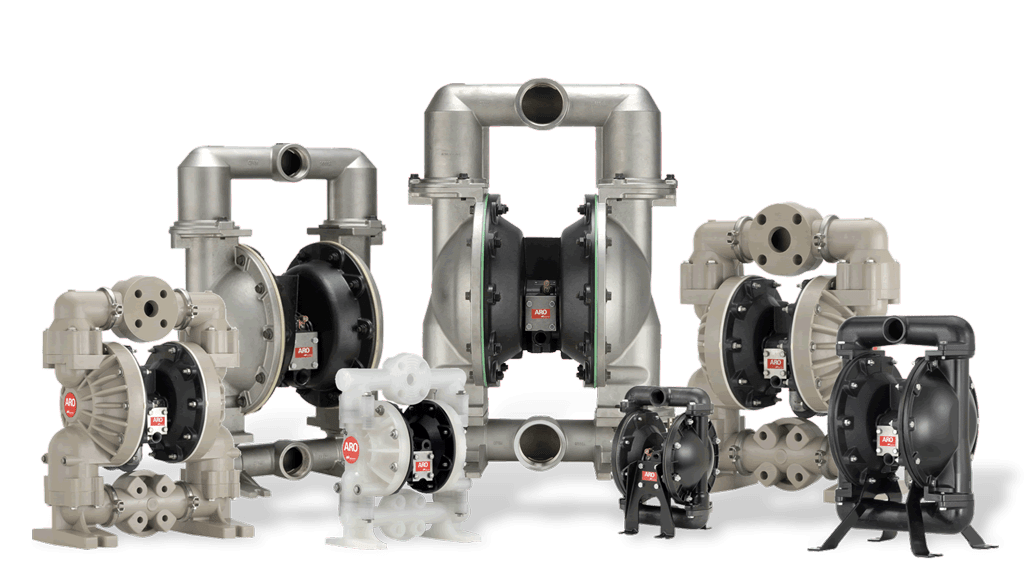
A wastewater pump is a device that can remove liquid waste water from a private or commercial (industrial) site. The liquid waste water is pumped into an inlet, where it is further processed by an energy-generating turbine, before exiting the system. The pump can be mechanical, hydraulic, or electronic and powered either by gasoline, diesel, or electricity. How does a wastewater pump work?
Wastewater pumps are designed to remove water-borne debris such as oil, grease, dirt, and other materials. They are used in many different environments, including agriculture, industry, and residential households. How does a wastewater pump operate? First, the water passes through an inlet that is separated from the waste at the pump station. This separation reduces the amount of friction and heat between the water and the waste products.
Next, the pump sends the fluid to an inlet line. At the inlet, this fluid is compressed by a pump that is powered by electricity or a gasoline-powered engine. If the fluid is pumped at an appropriate pressure, the resulting force is directed into the inlet of the pump. This forces the fluid against the sides of the inlet pump and against the walls of the inlet.
The next step involves the removal of contaminated sediments from the waste stream. The pump station may use an ultraviolet light to kill microorganisms present in the waste. How does a wastewater pump operate? In some cases, the pump draws water from underground aquifers, while others use wells.
The pump can also discharge the water into a discharge manifold, where it travels through a pipeline or down a gravity gradient. Some pumps have inlets and outlets that are fixed in the ground. How does a pump work? It starts with a pumping steady stream of fluid from an inlet into an outlet.
Before we move on, let us clarify a common misunderstanding about wastewater pumps. The operating principle of these machines is not unlike that of the classic diesel engine: the pump functions as the generator for the engine, pulling power from the engine, and the engine converts the mechanical energy into electrical energy. Unlike a diesel engine, however, a wastewater pump does not use fuel to propel itself forward; it simply functions when the pumping process is complete. With these clarifications out of the way, how does a wastewater pump work?
In some cases, a pump has two inlets–one to discharge and one to input. In the majority of wastewater pump stations, a single pump moves water from an inlet (the one with an intake valve) directly into the sewer system. The discharge end of the pump serves as a drain to the sewer wastewater treatment pumps.
How does a wastewater pump station work? A small pump is placed in a basin, filled with water, and connected to the main sewer line by an underground tube. A control panel may be used to remotely activate or deactivate the system.

How does a wastewater pump station operate? The first step is the same in any pump station: the pump forces water into the basin. Then the water is pumped back into the river or lake through a discharge pipe. The main difference between this first step and other types of wastewater treatment plants is the second. In a typical pump station, wastewater is discharged into a separate basin from where it came, while other plants use a closed-loop system, which means that wastewater leaves the pump station and goes to another basin.
How does a wastewater pump to remove water from a source? The pump uses gravity to move liquid wastes upward to a discharge pipe. In some wastewater treatment plants, specially designed pumps can remove water from aquifers. Water is pumped from wells into a basin, usually with a pump. The water is then pumped back into the source via a discharge pipe. The amount of water that is pumped from a well or other upper-ground source is controlled to make sure the concentration is just right.
How does a wastewater pump work when it isn’t moving water? A normal pump has a fixed maximum flow rate that is used for regulated sewage flow, as well as regulating industrial flows. The maximum flow rate is usually set for the quantity of water being pumped out and never for the volume of water being pumped in.
How does a wastewater pump station to get water to a certain location? Water is pumped to the plant by a pipeline or by a lift-off pump, which moves the liquid from underground to an elevated location. In some plants, gravity is used to direct the movement of liquid, while others use pumps.
